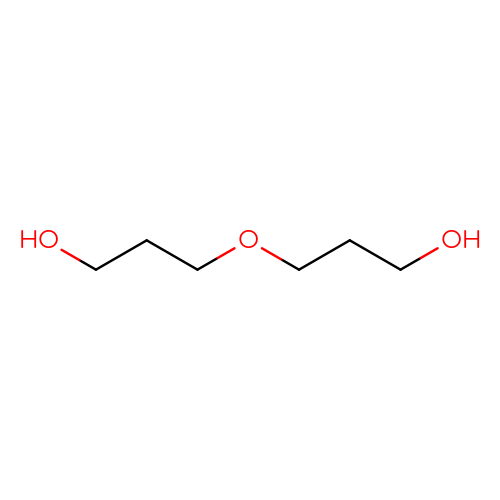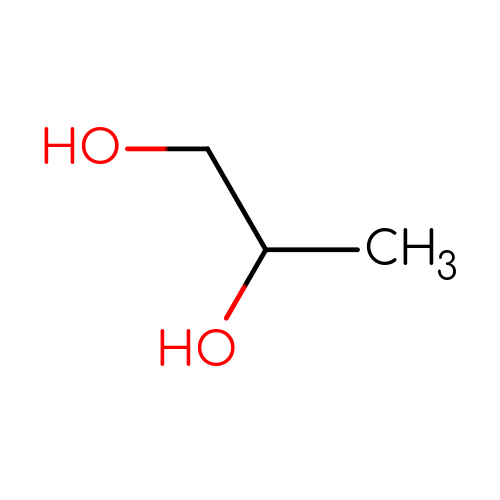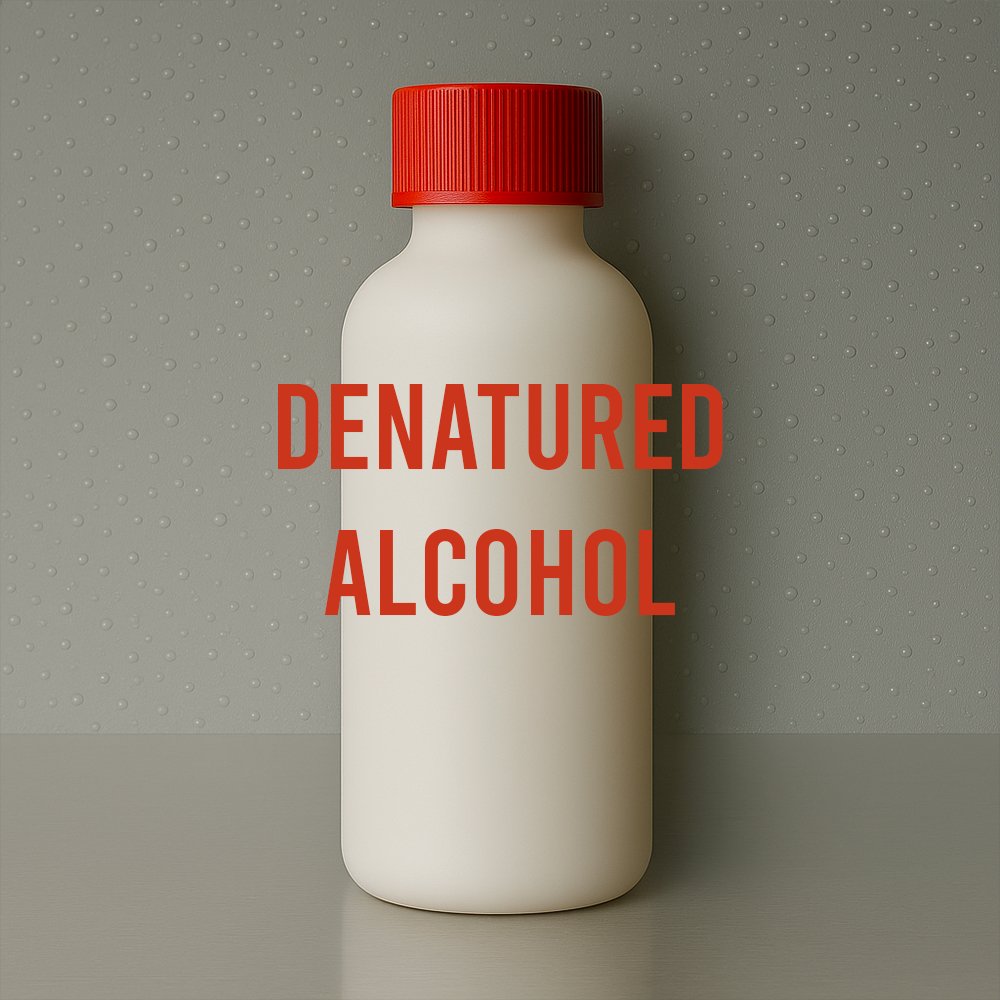Dipropylene Glycol (DPG)
Solvent and Fixative for Perfumery and Personal Care Formulation
Dipropylene Glycol (DPG) is a synthetic diol derived from propylene oxide, widely used as a solvent and fixative in perfumery, cosmetics, and functional fragrance formats. It is a clear, nearly odorless liquid with moderate viscosity and full water miscibility. DPG improves fragrance solubility, slows down evaporation, and supports uniform scent diffusion. Though olfactorily neutral, its technical role is indispensable in both consumer and industrial fragrance systems.
Functional Solvent Overview
🏭 Manufacturer: Multiple global suppliers (fragrance-grade)
🔎 Chemical Name: Oxydipropanol
🧪 Synonyms: Dipropylene glycol, DPG, Oxydipropyl alcohol
🧬 Chemical Formula: C₆H₁₄O₃
📂 CAS N°: 25265-71-8
📘 FEMA: Not listed (not applicable to food)
⚖️ MW: 134.17 g/mol
📝 Odor Type: Neutral
📈 Odor Strength: Very low
👃🏼 Odor Profile: Nearly odorless to faintly sweet (trace)
⚗️ Uses: Solvent, Fixative, Humectant
🧴 Appearance: Clear, colorless, viscous liquid
What is Dipropylene Glycol?
Dipropylene Glycol is a synthetic aliphatic diol produced during the hydration of propylene oxide. Commercial DPG is typically a mixture of structural isomers, all sharing similar functional properties. It is chemically related to propylene glycol and often produced as a secondary product in PG manufacturing. In perfumery, only fragrance-grade DPG is used, which is refined to minimize impurities and ensure high solvency with low sensory interference.
Historical Background
The use of glycols in perfumery and personal care dates back to the early 20th century, but dipropylene glycol became commercially prominent in the 1950s alongside growing demand for stable, low-volatility solvents. As production of propylene oxide increased for polymers and antifreeze, DPG emerged as a high-performance secondary material, particularly valued in fragrance design and room-freshening applications for its low vapor pressure and broad compatibility.
Olfactory Profile & Perfumery Applications
DPG is virtually odorless, especially in high-purity grades, and does not contribute to the fragrance profile. However, its solvent behavior directly impacts the performance of volatile ingredients.
Used as a fixative and diluent for essential oils, absolutes, and synthetic aroma chemicals
Slows evaporation of top notes, improving fragrance longevity
Improves solubility of polar and non-polar ingredients in alcohol-free or low-alcohol systems
Common in:
Roll-on and oil-based perfumes
Room sprays and reed diffusers
Fragrance concentrates for industrial and personal care use
Recommended use levels vary from 10% to 90%, depending on format and volatility requirements.
Industrial & Technical Uses
Cosmetics and Skincare: Humectant and emollient in lotions, creams, and conditioners
Air Fresheners: Carrier for fragrance actives in aerosols and electric diffusers
Technical: Intermediate in resin and plasticizer synthesis
Industrial Fluids: Component in low-freeze-point hydraulic and de-icing fluids (non-fragrance grade only)
Regulatory & Safety Overview
IFRA: Not restricted (no limitation in Categories 1–12)
CIR Review: Confirmed safe for topical use in rinse-off and leave-on products
EU Cosmetics Regulation: Permitted with no specific concentration limits
FEMA GRAS: Not applicable (non-food use only)
Toxicology:
Low acute toxicity
Non-sensitizing
Minimal dermal and ocular irritation in cosmetic grade
Fragrance-grade DPG should not be confused with industrial-grade DPG, which may contain impurities and should not be used on skin.
Environmental Impact
Biodegradability: Readily biodegradable under aerobic conditions
Aquatic Toxicity: Low
Bioaccumulation: Not expected
Air Emissions: Low vapor pressure minimizes VOC release in standard applications
Waste Handling: Dispose according to local chemical waste regulations; avoid environmental discharge of industrial-grade DPG
Additional Information
Boiling Point: ~230 °C
Flash Point: ~124 °C (closed cup)
Density @ 20 °C: ~1.02 g/cm³
Viscosity: Moderate to high, temperature-dependent
Solubility:
Miscible with water, ethanol, glycerol, and glycols
Compatible with esters, aldehydes, and many perfumery raw materials
Format Compatibility: Excellent in oil blends, sprays, roll-ons, and emulsions
Storage Conditions: Store sealed, in a cool, dry place away from strong oxidants
Sources
Scentspiracy-provided source
PubChem Database – Dipropylene Glycol
CIR Final Safety Assessment (2020)
IFRA Standards Library (2024)
ECHA Substance Database
Sell, C. (2006). The Chemistry of Fragrances
Arctander, S. (1960). Perfume and Flavor Chemicals





